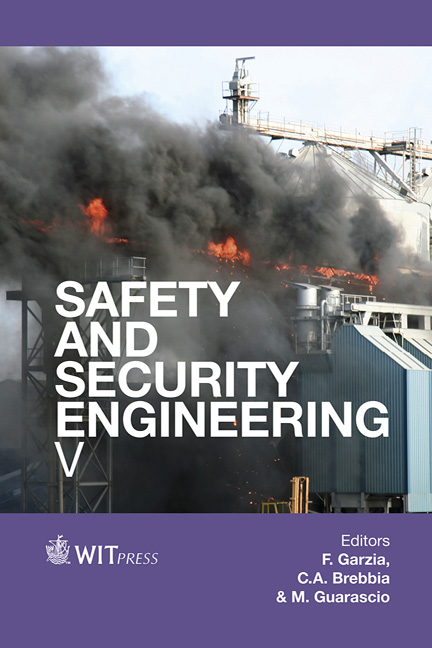Mathematical Simulation Of Ammonia Gas Release In A Complex Urban Terrain Using CFD And A Statistical Approach
Price
Free (open access)
Transaction
Volume
134
Pages
12
Page Range
759 - 770
Published
2014
Size
1739 kb
Paper DOI
10.2495/SAFE130681
Copyright
WIT Press
Author(s)
M. Kozubková, M. Bojko, O. Zavila, P. Danihelka & L. Maléřová
Abstract
Major accident prevention and preparedness involve the determination of a toxic substance expected or actual release dispersion in the atmosphere, i.e., mathematical modeling of liquid mechanics phenomena. Nowadays, statistical mathematical models are usually used to model simulations of emergency situations in facilities in urban areas or in industrial complexes. Numerical CFD codes have been used mostly for specialized and detailed spatial analyses of physical and chemical phenomena and situations in enclosed spaces. With increasing computing power, these models are beginning to be applied also to complex problems in open spaces, including chemical accidents. Statistical and dynamic models give different results as the principles of the two methods, and the quantity and types of input parameters are different. The article directly compares the results of simulations of accidental gaseous ammonia releases from an ice arena into a complex urban area, obtained from ALOHA 5.4.3 statistical model and ANSYS Fluent 13.0 numerical CFD model. Real meteorological data were used for the simulations. It emerged that the results of statistical and CFD models may differ radically. The CFD model provided better quality data for addressing accidents.
Keywords
ALOHA 5.4.3, ANSYS Fluent 13.0, CFD, ammonia, dispersion modeling





